As we detailed in our last few installments from our early look at Pixar’s Onward, the upcoming modern suburban fantasy tells the tale of two elf brothers and their quest to magically resuscitate their relationship with their late father when a spell to bring him back from the dead goes half-awry.
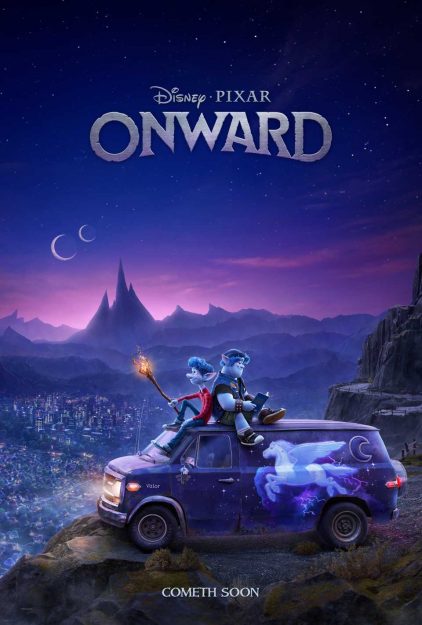
We continue on with the Onward presentations by the animation wizards at Pixar. To help explain the process of developing the fanciful and mundane characters that come to life in Onward were Jeremie Talbot (Characters Supervisor), Ana Lacaze (Character Shading and Groom Lead), Allison Rutland (Directing Animator), and Sequoia Blankenship (Crowds Supervisor) in CREATING THE WORLD OF ONWARD.
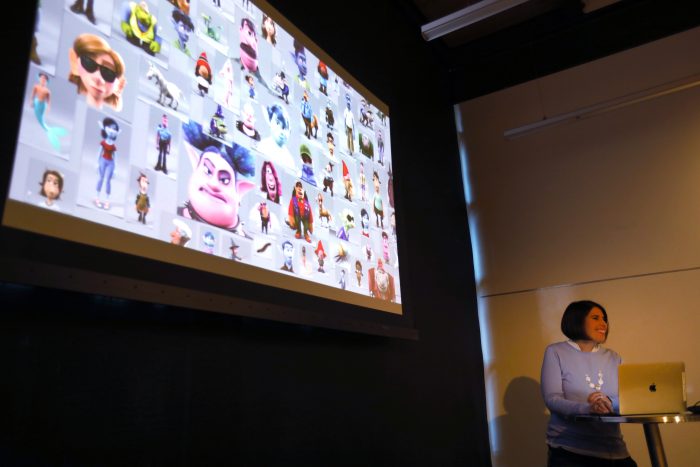
The Character Department joins the visions from Story and Art to create the final character designs for the film. The first step is to take 2-D drawings and put them in the computer to give Art a chance to check out the proportions from all angles and redraw when necessary. Resculpting is done any number of times until a look is achieved that fulfills the character’s needs. Ian went through a number of design changes to give him both the awkwardness and elvish-ness that characterizes him, as well as increasing his ability to emote the wide range necessary to carry the story.

Changes are often made of minute details to increase the specificity of the design. One note asked for the cuffs of Dad’s pants to be raised a bit to reveal more ankle, as that’s all with which Dad has to act.

Characters nearing final design then go through Shading and Grooming, in which they are given textures and surfaces that give them the look of something real. Fabrics and materials for their clothing as well as hairstyles and the quality of their hair are created here. While the appearance needs to support the characteristics of each creature, it also needs to change to support the evolution of each creature throughout the film. The Manticore initially wears tighter, more restrictive clothing with her hair tied back to signify the constrained nature of her current life. Once she remembers who she is and recovers her true identity, everything loosens up and her hair becomes as free as the rest of her.
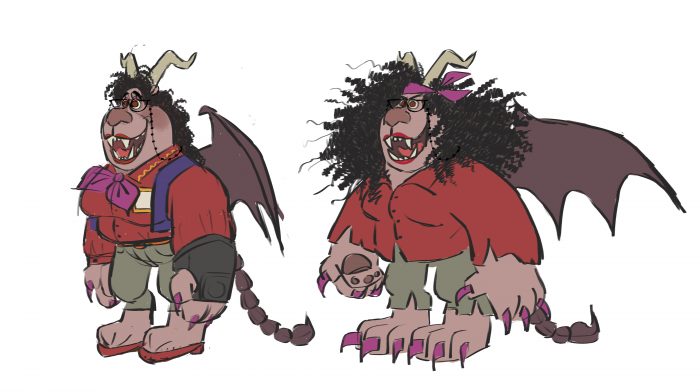
There were altogether thirteen species created for the film: Elves, manticores, centaurs, cyclops, sprites, goblins, satyrs, unicorns, trolls, gnomes, mermaids, pegacorns, and a pair of pants. They made 240 different characters, with another 100 variants to support the different transformations.
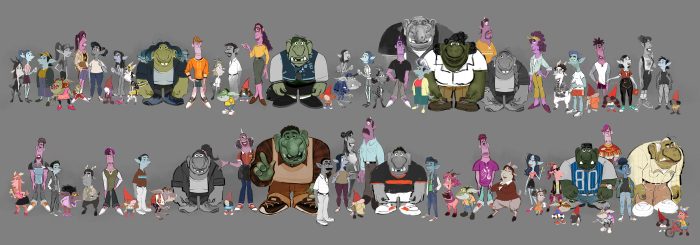
For Colt, the brothers’ centaur step-dad, he had to combine the confidence and swagger of his role as a police officer, with the awkwardness and size of his equine bottom half.
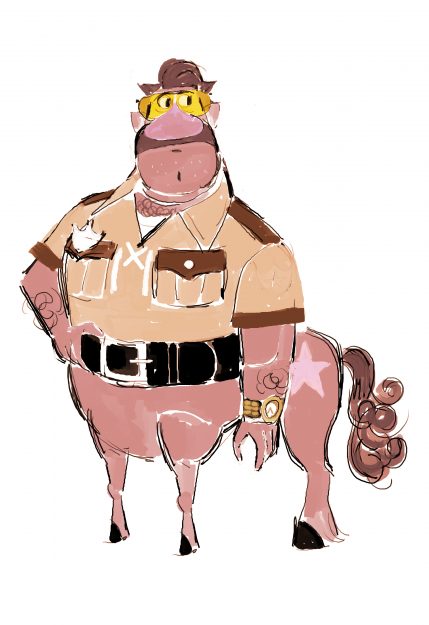
For Dad, they used a lot of reference models like mimes and even Dick Van Dyke to try to get a style of movement that could communicate his responses and reactions to his sons through just his lower half.
Crowds are also an important part of the created world–they serve to give the environment depth and make it seem bigger. By showing different entities engaging in different background activities they also help to root the main characters in a specific time and place. In Onward, there was the additional challenge in needing to place huge creatures like trolls around the scenery where they could add to the atmosphere without stealing visual attention away from the story’s focal points, as well as creating a system of movement for tiny characters like the sprites, who need to be able to operate large machinery like motorcycles.

Next up was ZANTAR’S LIGHTNING! THE MAGIC OF ONWARD in which Louise Smythe (Story Artist), Paul Conrad (Graphic Art Director), and Vincent Serritella (Effects Supervisor) gave us a look into creating magic from early development to the big screen.

In order to make the magic of Onward distinct from other movie representations of magic, the filmmakers came up with some rules:
- Heartsfire: Every spell requires this–the caster must speak with confidence and assurance and a belief that comes from deep within.
- Magic Degree: Mid-level to advanced spells require specific mental or emotional exercises. The magnification spell, for example, dictates that the wizard magnify their attention on the object.
- Assist Element: For very advanced spells, a specific magical ingredient (like the Phoenix Gem in Dad’s spell) is needed for successful execution.
By requiring the introverted and awkward Ian to fulfill these different physical and emotional demands in order to perform different spells, the magic served to get him to loosen up and come out of his shell as the quest progresses.

The language of Onward’s magic also had to be specifically developed. The rules they finally came up with were that spells had to be short, not too silly, and not complete gibberish–you can kind of tell what it does when you hear it.
In the Graphic Design department, the goal is to decorate the sets and props that make up the world and reinforce the sense of it as a real place. Signs and logos are all custom designed to give viewers a sense of familiarity with an overlay of the fantastic. The letter left to the boys from their Dad has to look aged but with handwriting that is both legible and not too fancy.
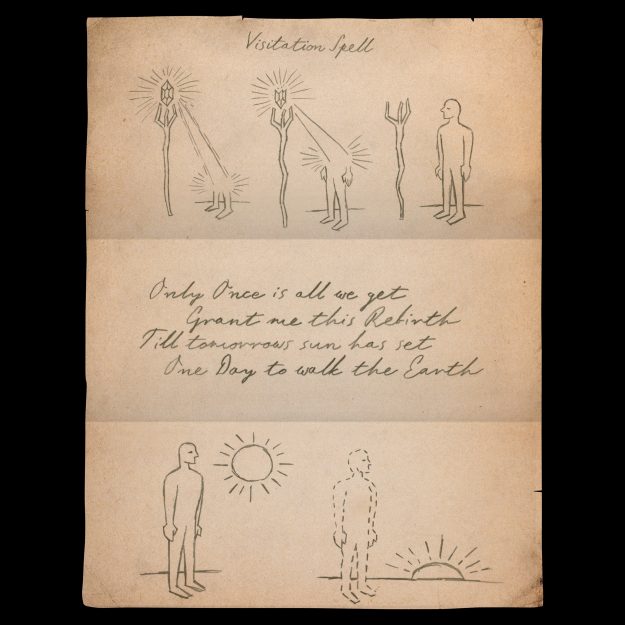
“Quests of Yore” figures prominently in the film as a tabletop role-playing game that is also more or less a historical document of the world of Onward. Designers needed to come up with the entire look of the game, which would look not only authentic in the context of the film, but would be able to be printed and manufactured for real-world merchandise in support of the film’s release.
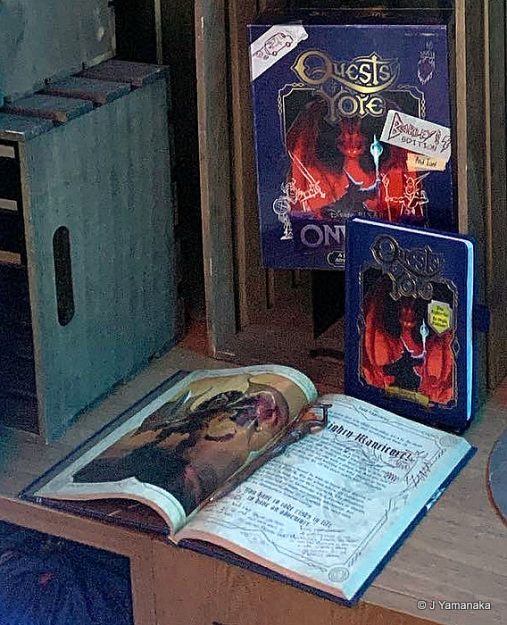
The Effects Department had the daunting task of coming up with the appearance of magic. Just like the background characters and graphics, Ian’s magic needed to support his character and evolve to mirror Ian’s development along the journey, so that the intensity of each spell changes with the level of difficulty. Level one spells show a simple design that focuses on just the staff and the object. Level ten spells might manifest with visuals that occupy most of the screen with wind and camera shake and other effects.
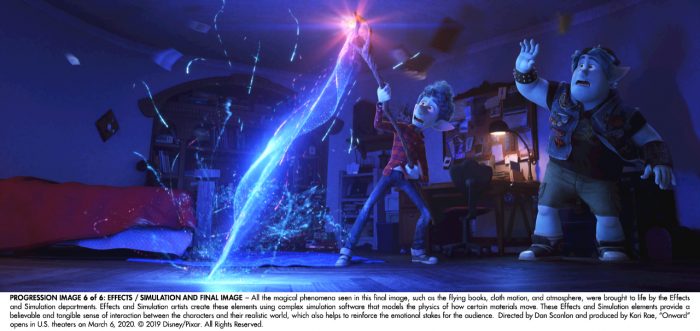
More to come!
Onward opens in U.S. theaters on March 6, 2020.
Questions? Comments? Suggestions? Drop us a line below.
Be sure to follow @allearsnet on Facebook, Instagram and Twitter!
Check out our YouTube Channel for reviews, news, information and more!
Click below to subscribe to the AllEars® newsletter so you don’t miss any of the latest Disney news!

Are you excited for Onward? Let us know in the comments!




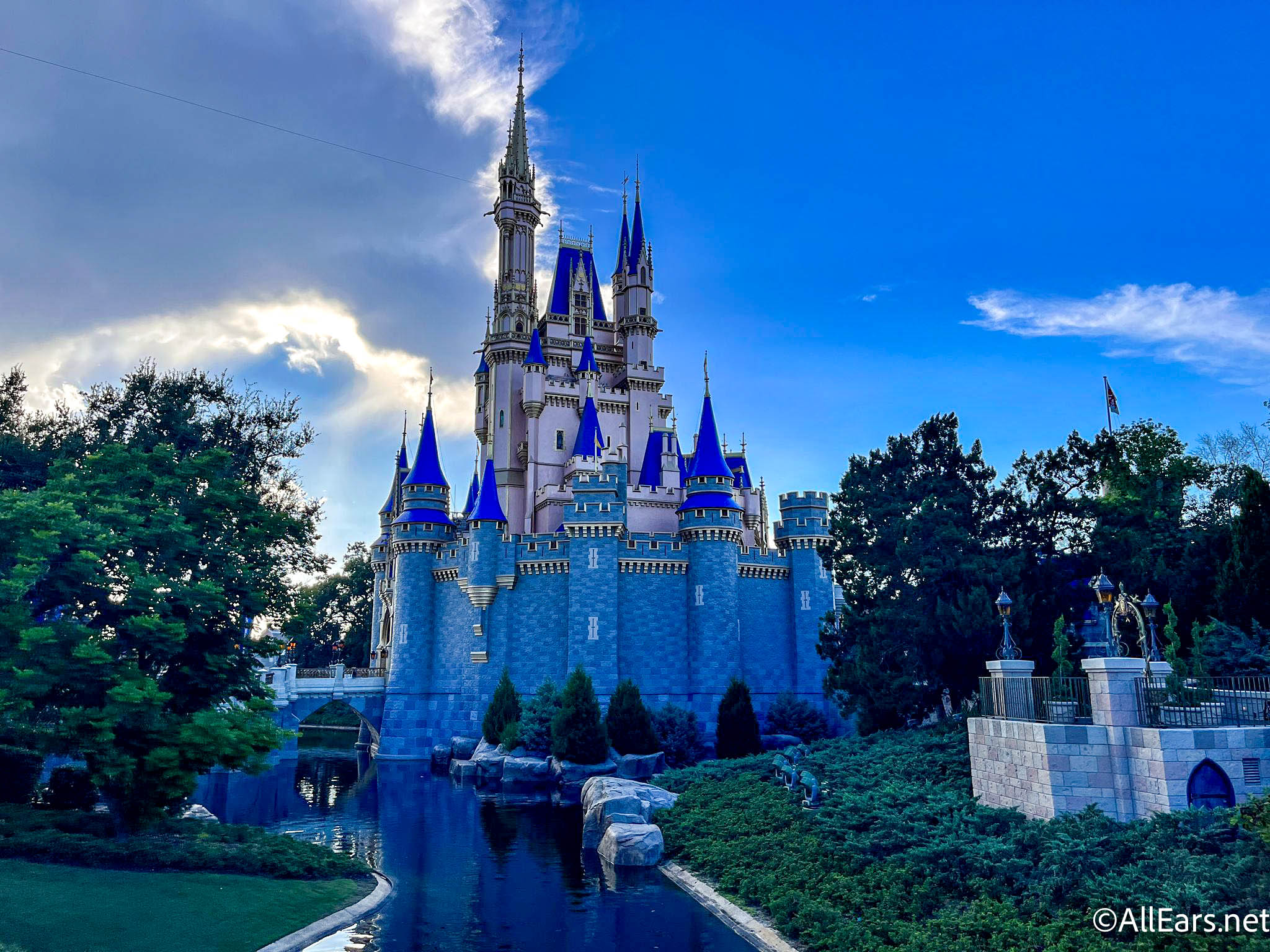

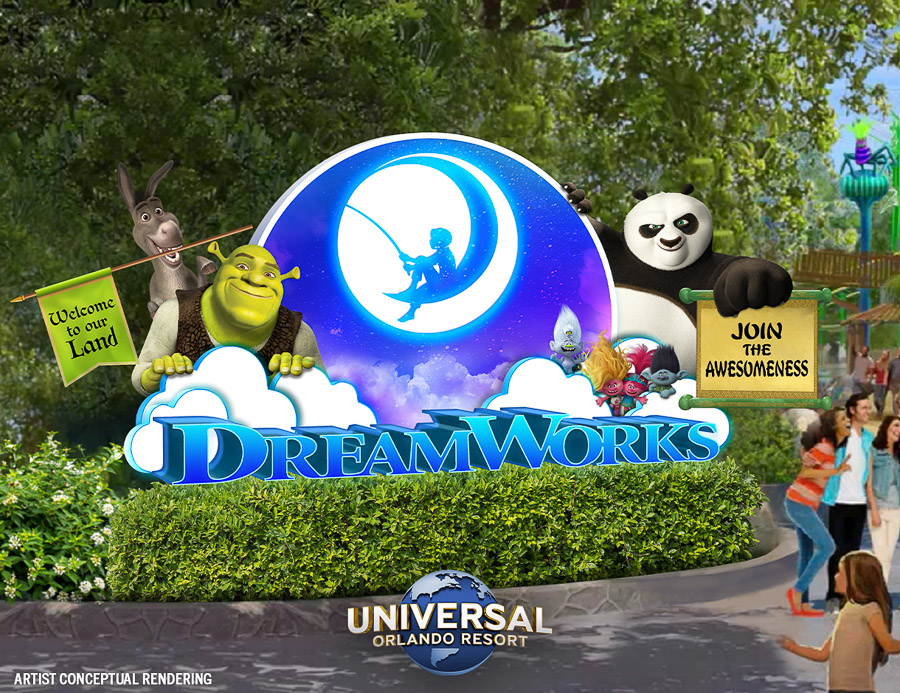
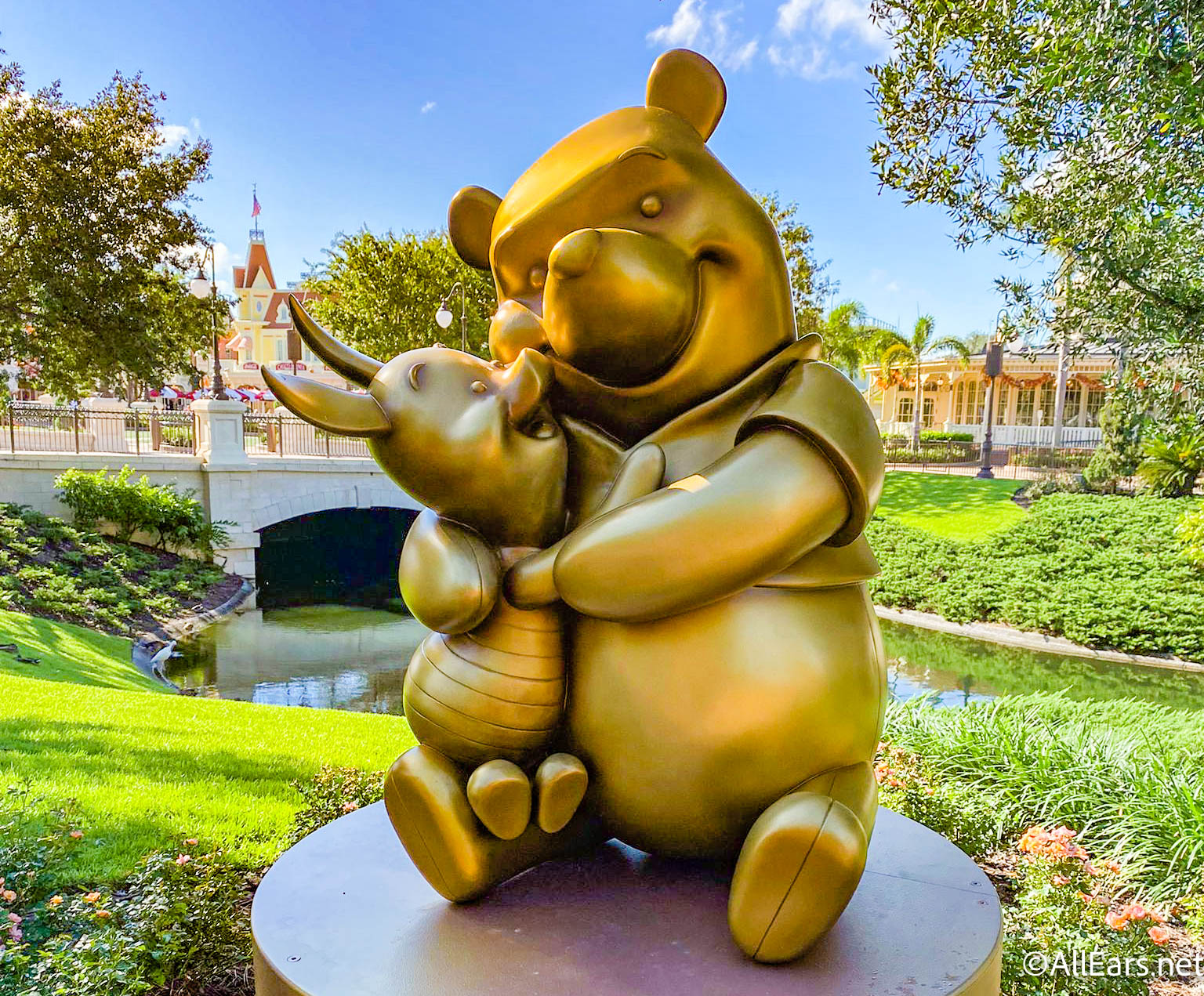


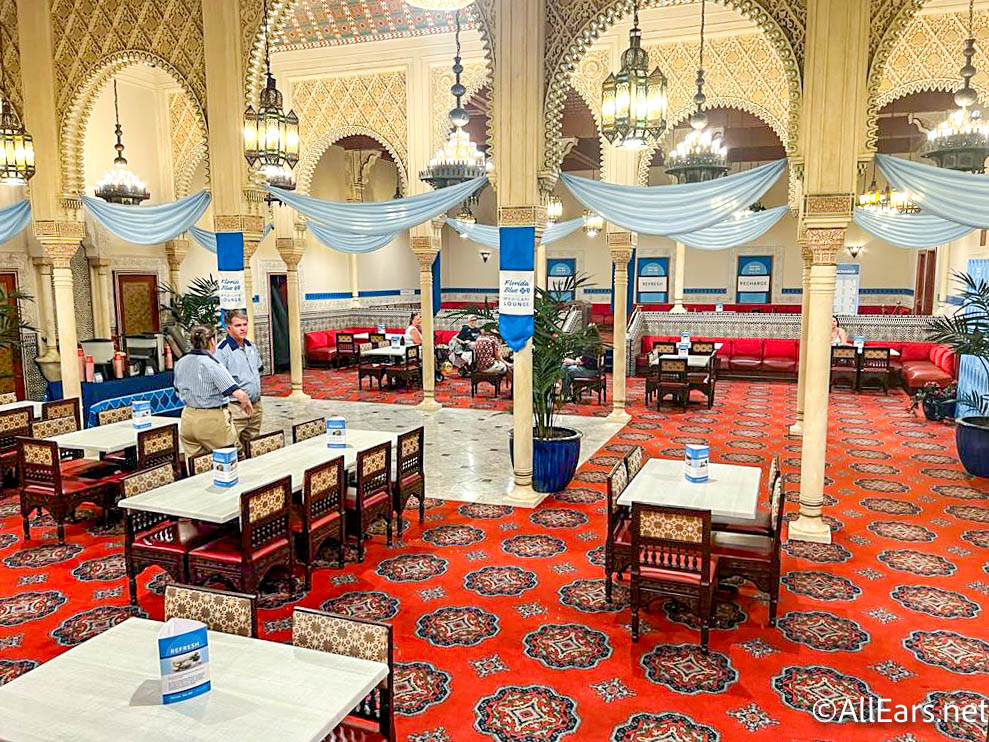
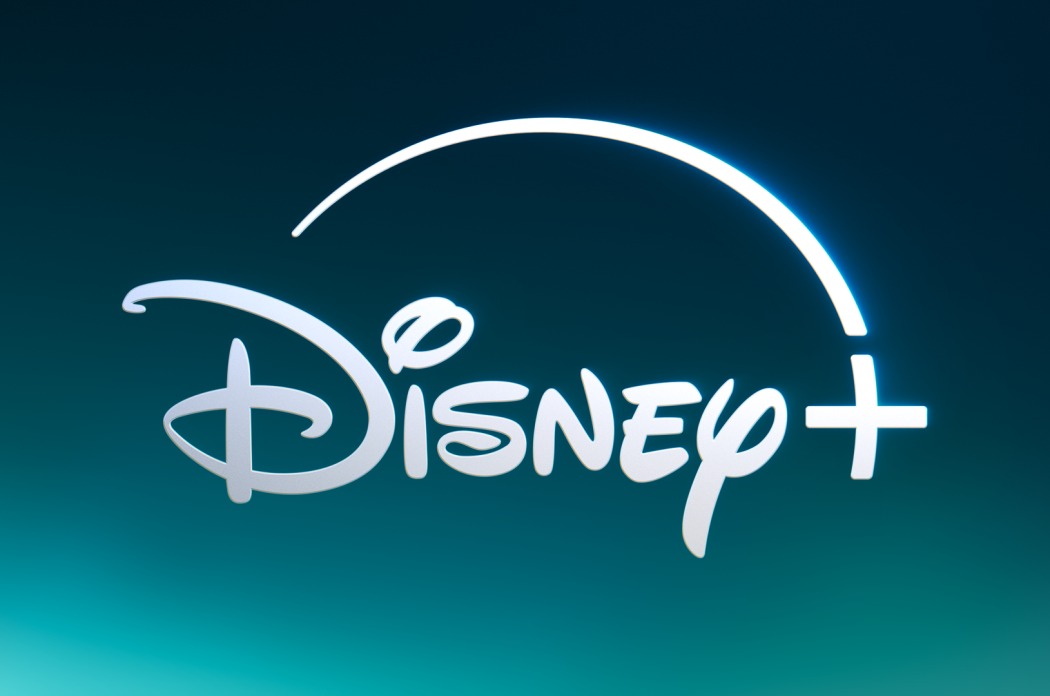


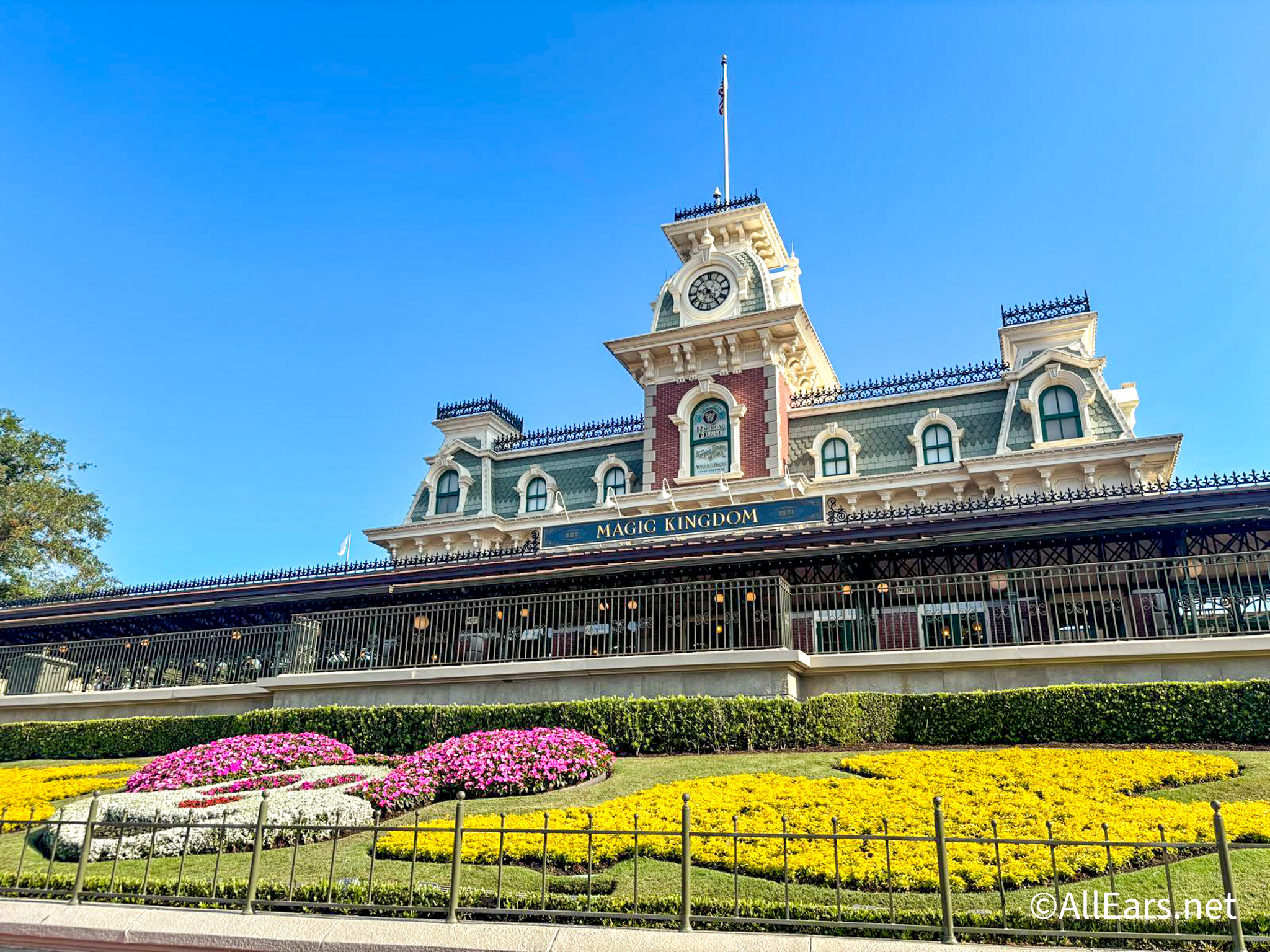

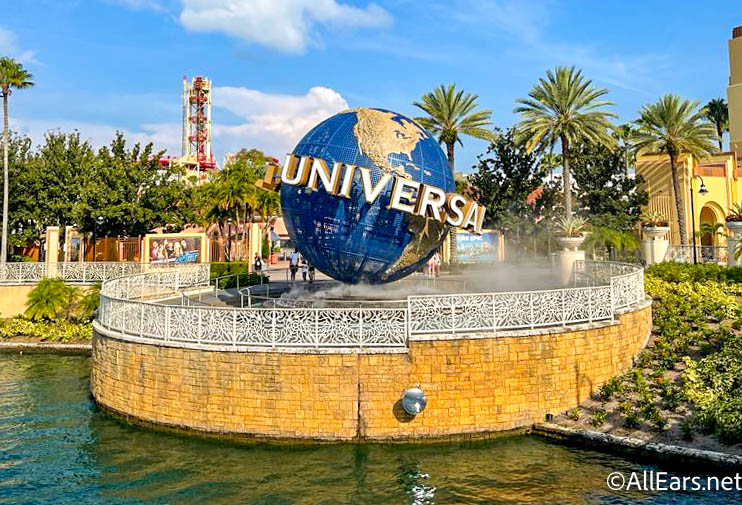


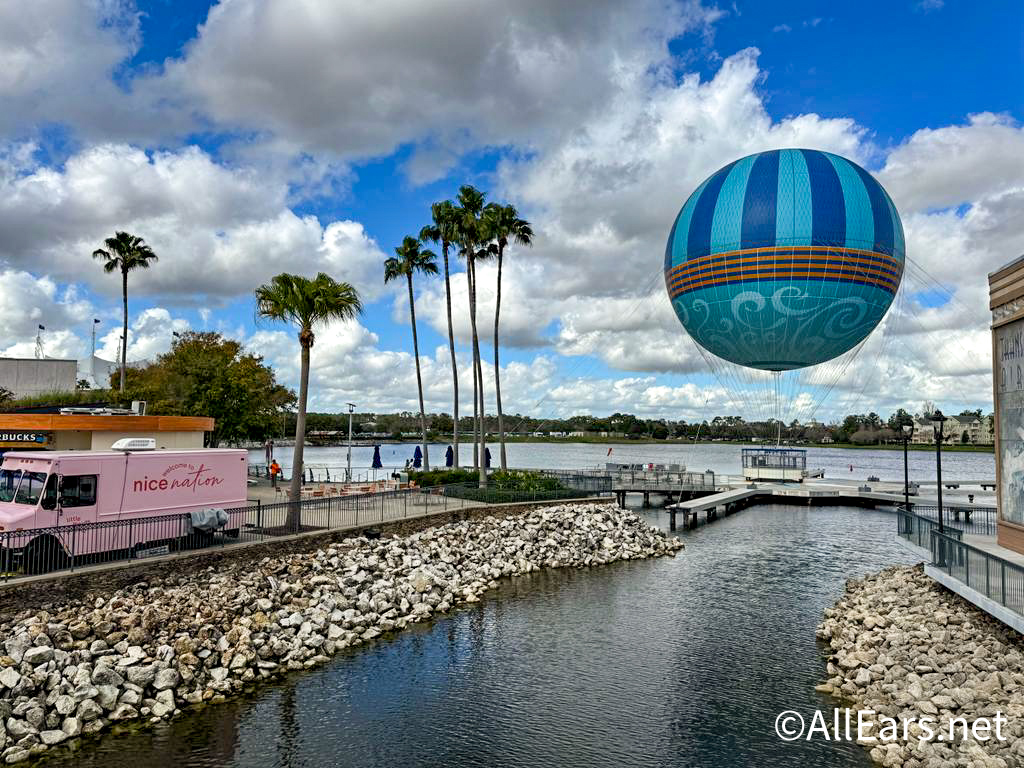



Trending Now
Looking for this popular Disney LEGO set? You can now find it at Costco!
Tomorrow, April 29th marks a big day for Universal Orlando fanatics, as they make a...
We apologize for ruining your day in advance, but if we have to know these...
We found the next t-shirt for the EPCOT-loving Disney dad in your life!
Universal just announced the opening date for the new DreamWorks land!
We bet we'll be seeing a LOT of people in these new Amazon shirts in...
NEW Cast Member costumes have arrived in Disney World!
The Bay Lake Tower is about embark upon a massive refurbishment.
While several attractions around Disney World will remain closed this week, one closed restaurant is...
Disney has brought their theme parks into Disney+ in a whole new way.
Something brand new is coming to Universal Orlando and we've got the details!
Check out aerial photos that show the latest construction progress on Universal's new hotel featuring...
Disney World is experiencing some low crowds right now!
We're reviewing 9 new eats from the 2024 Pixar Fest at Disneyland Resort!
Universal Orlando has seen TONS of changes lately as it works to debut its next...
This adorable souvenir we haven't seen in YEARS is finally back in Magic Kingdom!
We dined at one of the most exclusive spots in Disney World, and we've got...
We bet you didn't know about this Disney Springs discount!
Menus are constantly changing at the Disney parks, but never fear! AllEars is here with...
We found your perfect Hollywood Studios tee.